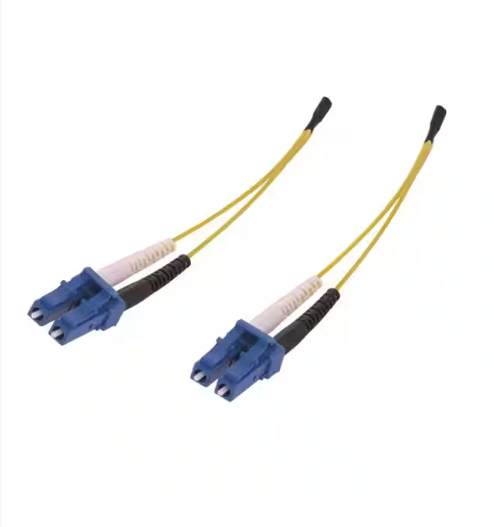Fiber Optic Cables: The Backbone of High-Speed Internet
In today's digital age, high-speed internet is a necessity for both business and personal use. Whether you're streaming videos, conducting online meetings, or simply browsing the web, a strong and reliable internet connection is crucial. One key component that plays a critical role in ensuring high-speed internet is fiber optic cables.
Fiber optic cables are thin, flexible strands of glass that are designed to transmit data at incredibly fast speeds. They are the backbone of high-speed internet networks, and are essential for connecting the world and supporting the increasing demand for bandwidth.
Fiber optic cables are used to transmit data using light signals, which allows for much faster data transmission compared to traditional copper cables. This is because light signals can travel much faster than electrical signals, resulting in superior speed and performance. In addition, fiber optics are also immune to electromagnetic interference, making them more reliable and less susceptible to signal degradation.

One important aspect of fiber optic cables is the connectors that are used to join them together. Fiber optic connectors are crucial for ensuring a reliable and efficient connection between cables. These connectors are designed to align and join the fibers precisely, and are available in a variety of types to accommodate different installation requirements.
In addition to cables and connectors, fiber optic kits are also essential for the installation and maintenance of fiber optic networks. These kits typically include all the necessary tools and equipment for handling and splicing fiber optic cables, as well as testing and troubleshooting the network.
Another key component of fiber optic networks is the use of fiber optic attenuators. These devices are used to reduce the power level of the optical signal, which is important for ensuring that the receiver receives the signal at the correct level. This is crucial for maintaining signal quality and preventing signal distortion.
Finally, fiber optic receivers play a critical role in converting the optical signals transmitted through the fiber optic cables into electrical signals that can be used by the end-user devices, such as computers, smartphones, and other digital devices.
In summary, fiber optic cables, connectors, kits, attenuators, and receivers are all essential components of high-speed internet networks. These components work together to ensure fast and reliable data transmission, making them crucial for supporting the increasing demands of today's digital world.
In conclusion, the importance of fiber optic cables and their associated components cannot be overstated. As the demand for high-speed internet continues to grow, the need for reliable and efficient fiber optic networks will only become more critical. By understanding the role of fiber optic cables, connectors, kits, attenuators, and receivers, businesses and individuals can better appreciate the technology that allows for fast and reliable internet connections. Whether it's streaming videos, conducting online meetings, or simply browsing the web, fiber optics are the unsung heroes that make it all possible.



